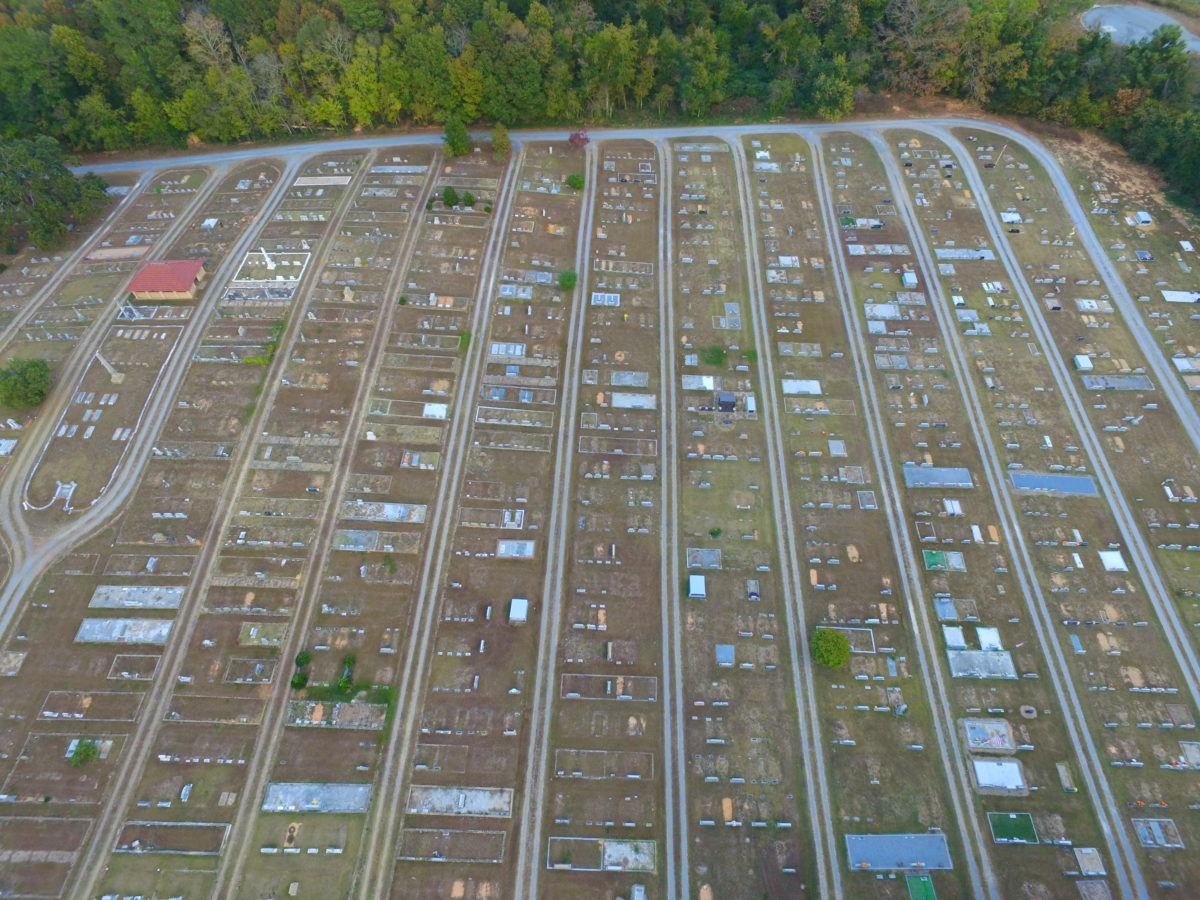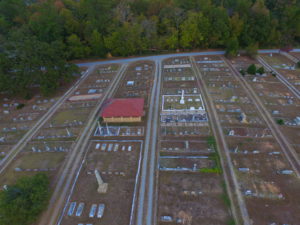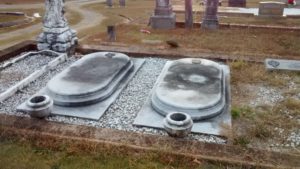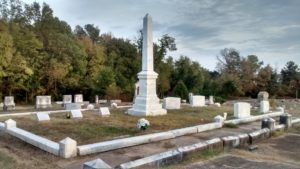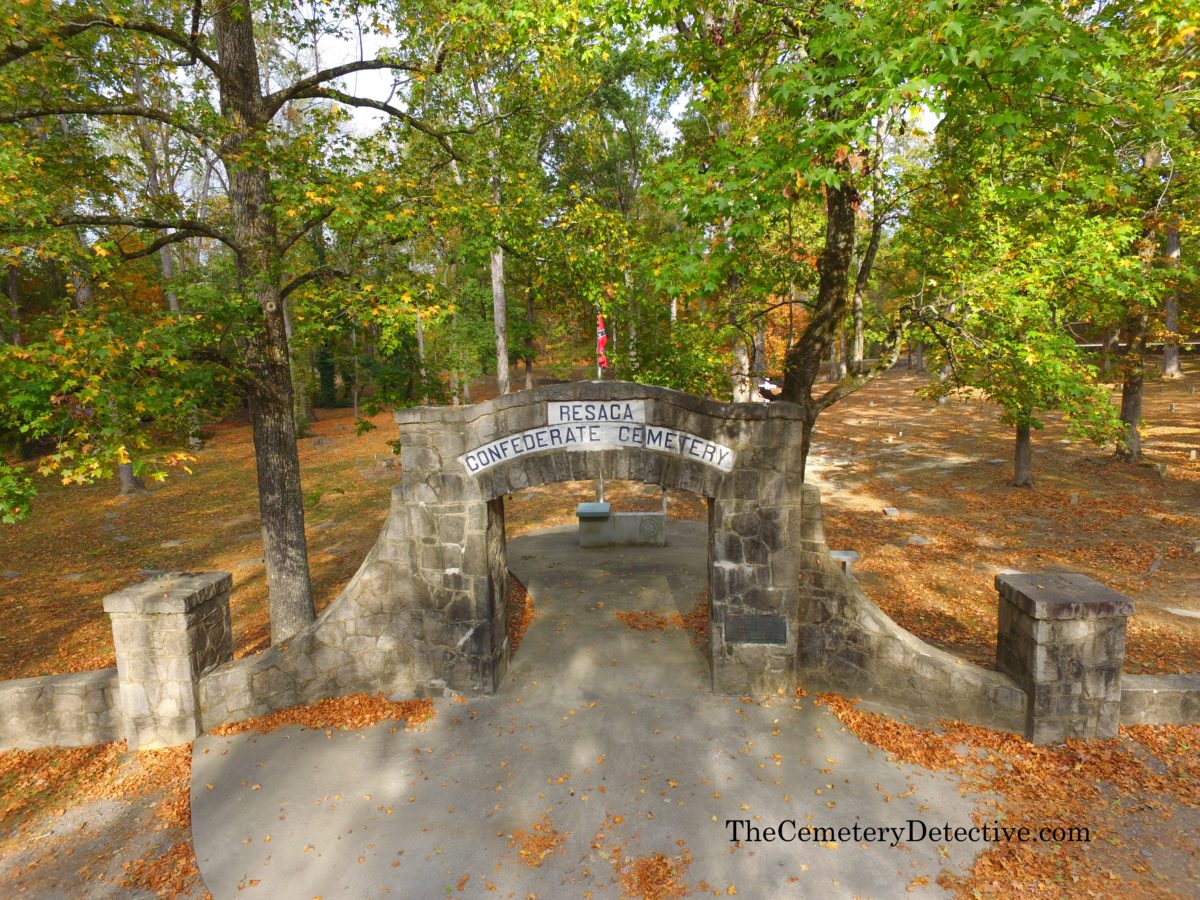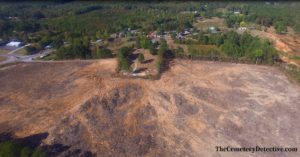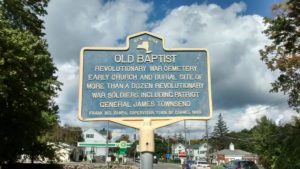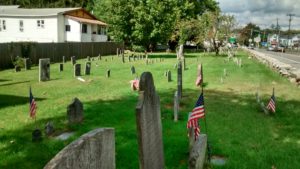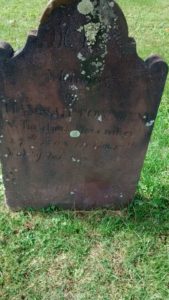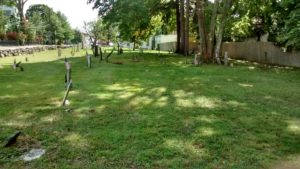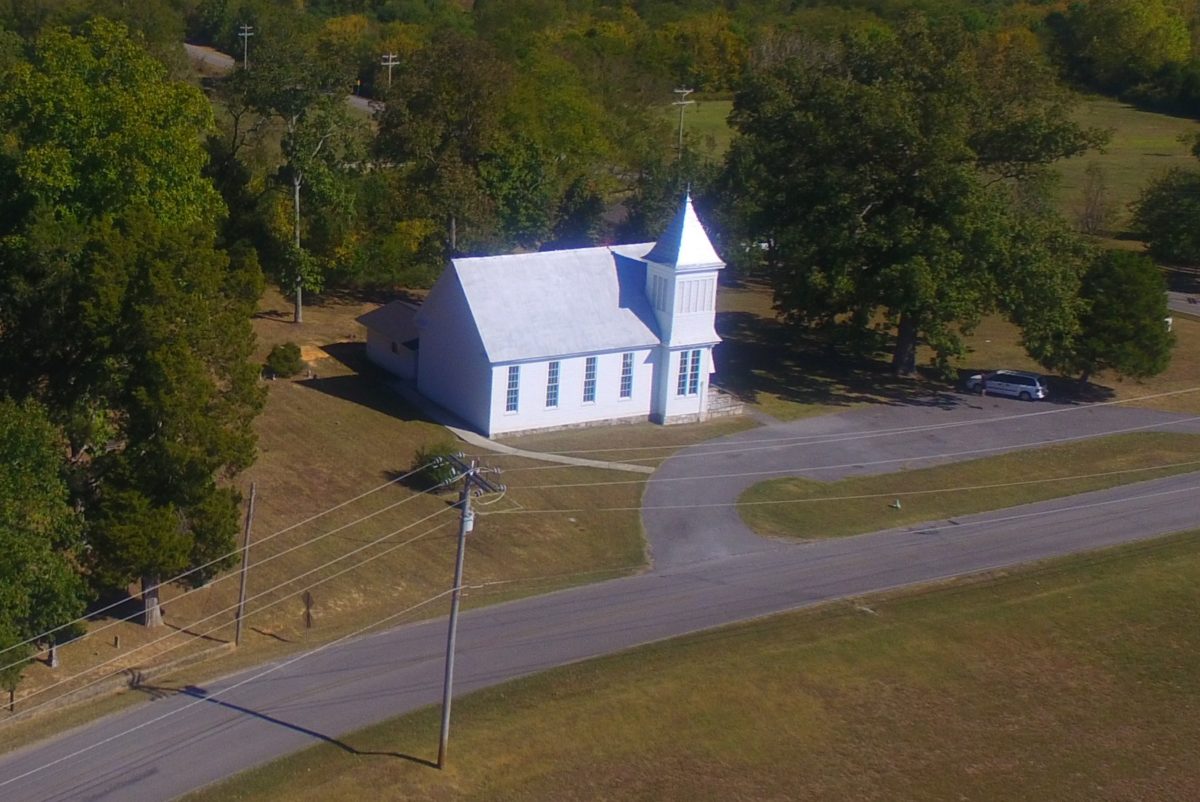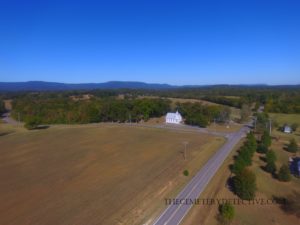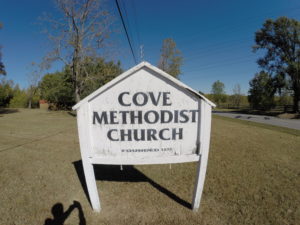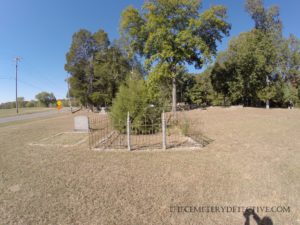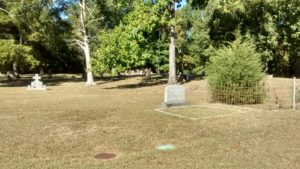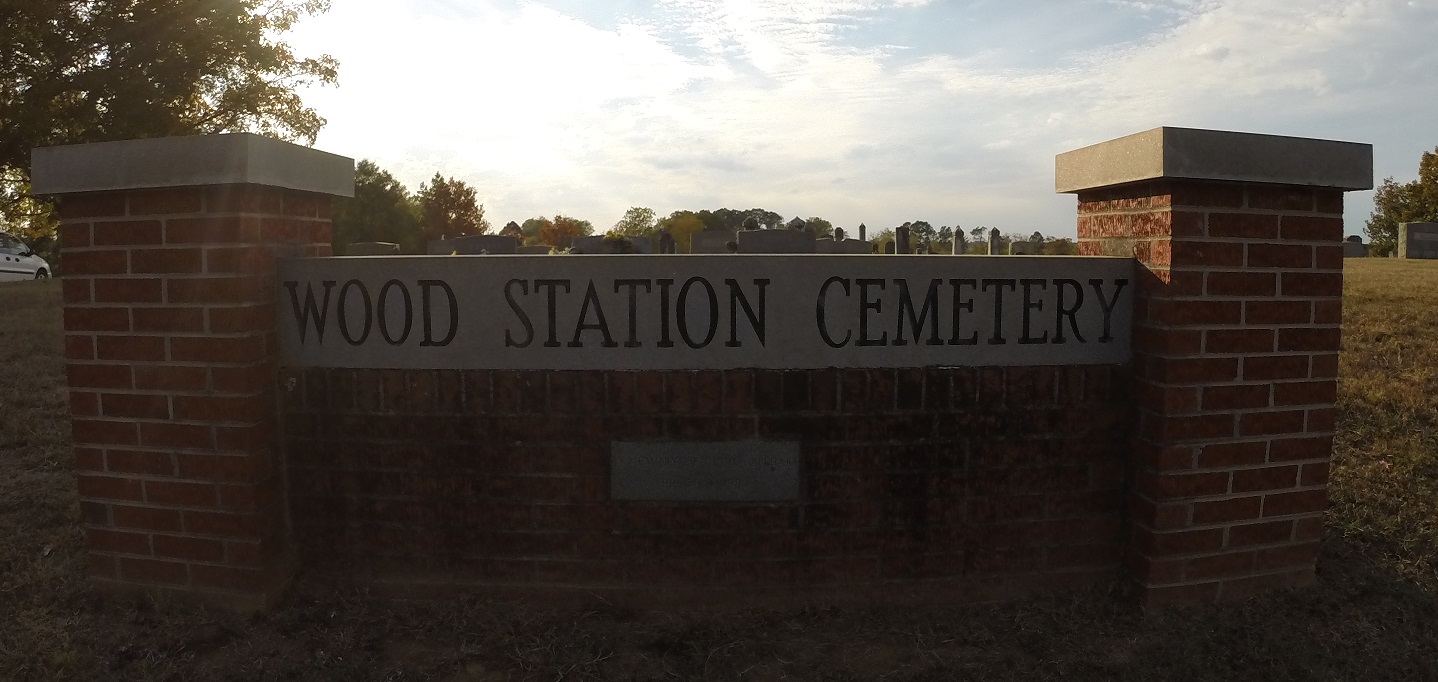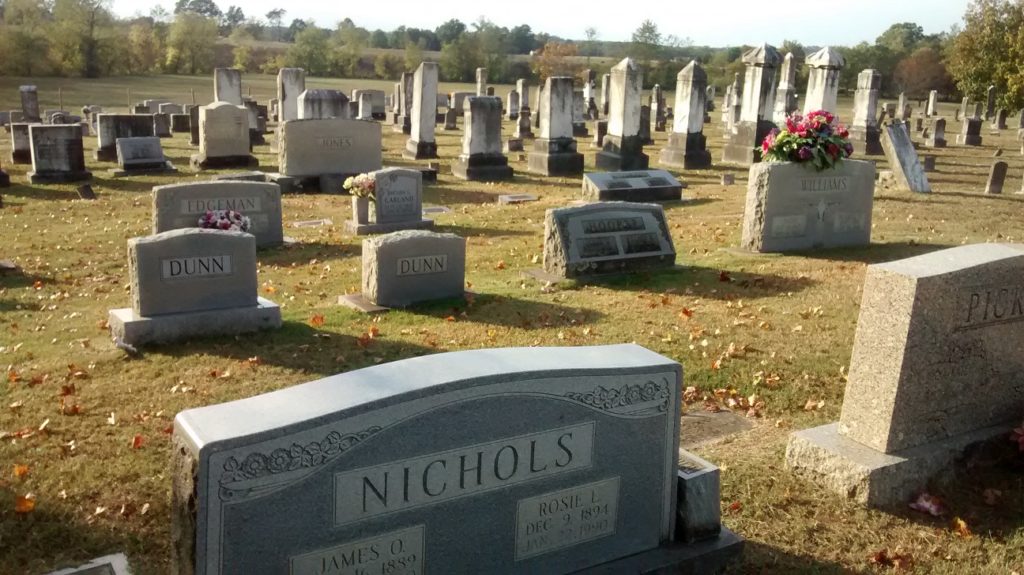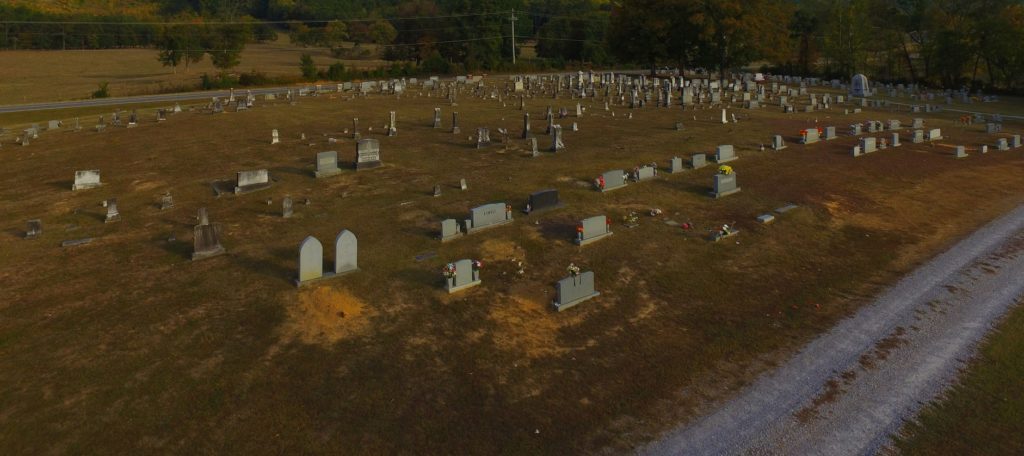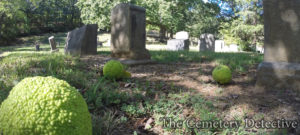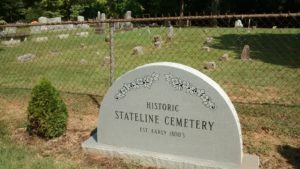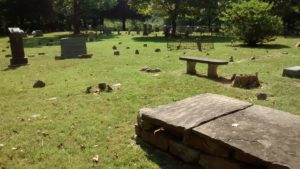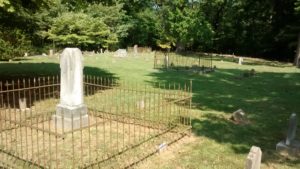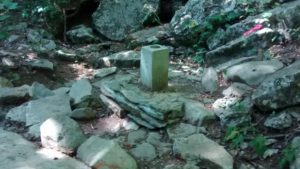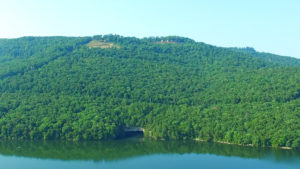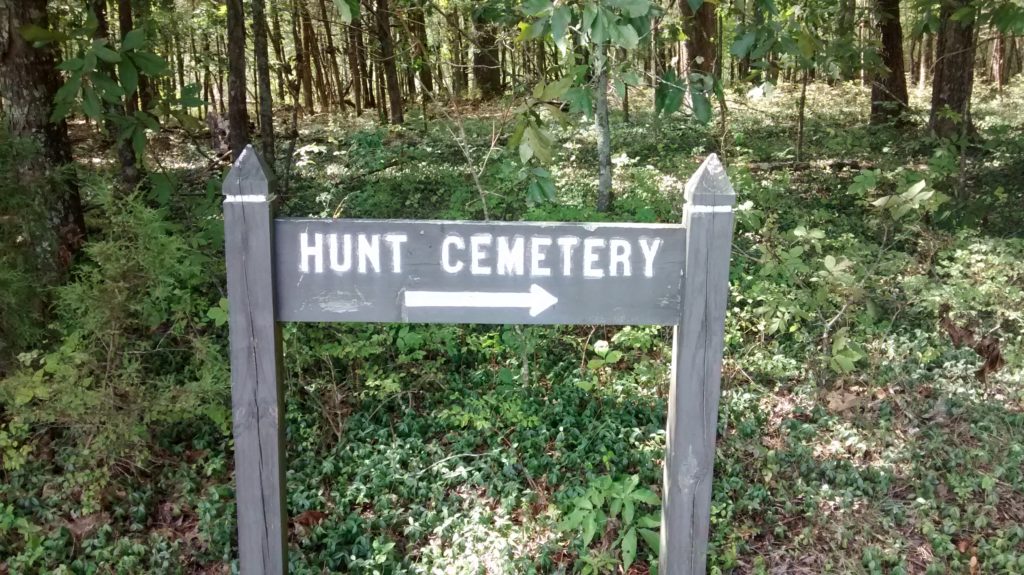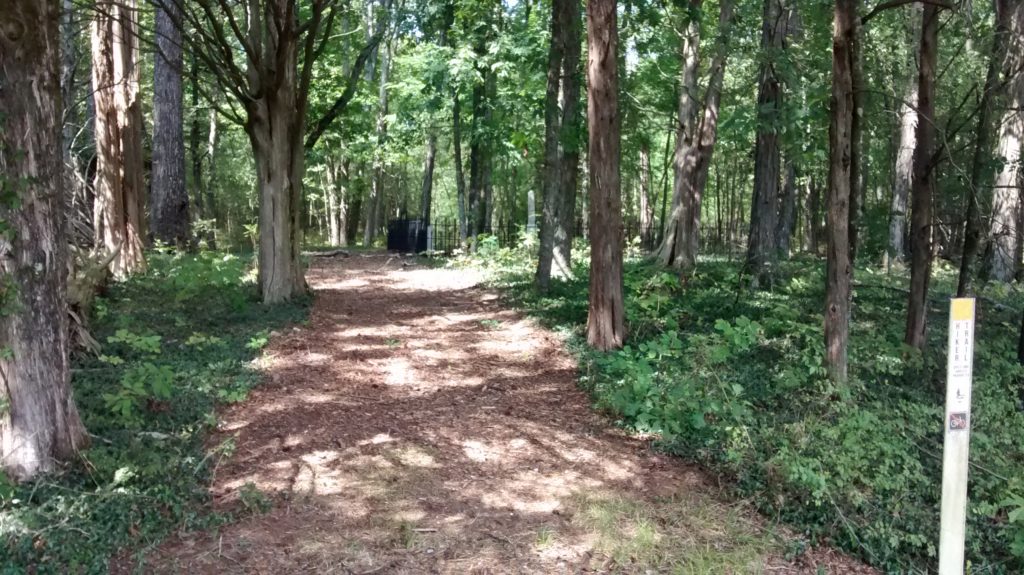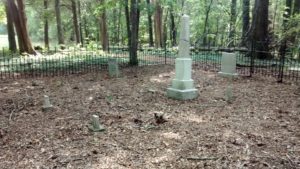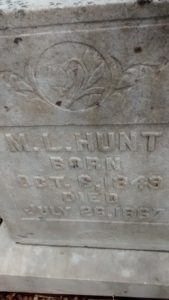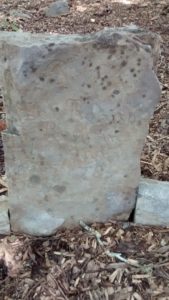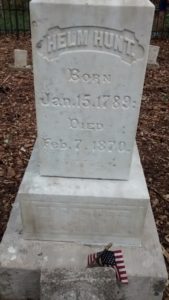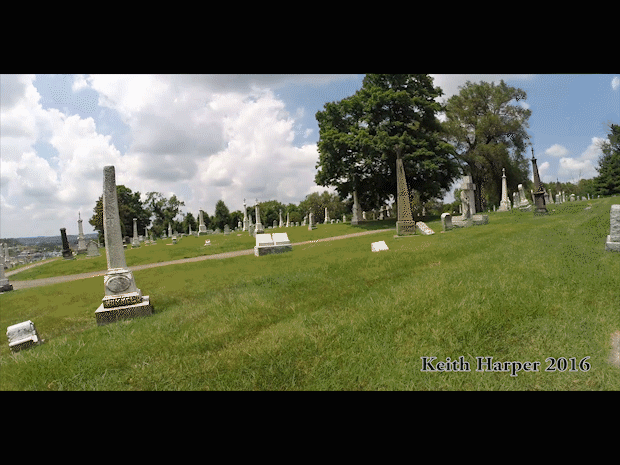I am always fascinated with cemetery layouts.
One thing I’m always looking for is in what direction does the headstone face. It is common practice for headstones to face east with the interred’s head toward the west end of the grave. So, if the body were to rise up (as in during the time of the rapture) the body would be facing east toward the coming of Christ. This is not always the case, however, as seen in the Resaca Confederate Cemetery I visited earlier today. Many of those burials are in a circular pattern facing a large stone cross at the center of the cemetery.
Eastview Cemetery – Parallel Lines
Another pattern I observe is the divisions of sections of the cemetery. Eastview Cemetery in Adairsville Georgia has some of the most perfectly straight lines of any cemetery I’ve ever visited. Each section is approximately 50′ wide separated by a perfectly straight driveway. Funnily, though this cemetery is named “Eastview”, most all burial sites face west.
I can imaging in days-gone-by, this was a prestigious cemetery. The cemetery’s grass is well maintained despite the closeness of many of the grave markers. The majority of the grave markers are in decent condition. I found several very interesting oval tombstones. The marble obelisks show some signs of sugaring but their overall condition is good.
While I was strolling the grounds, reading the grave inscriptions, and doing some cemetery photography, I saw several families visiting, placing grave flowers, and visiting with their departed loved-ones.
[cardboard id=”1112″]

